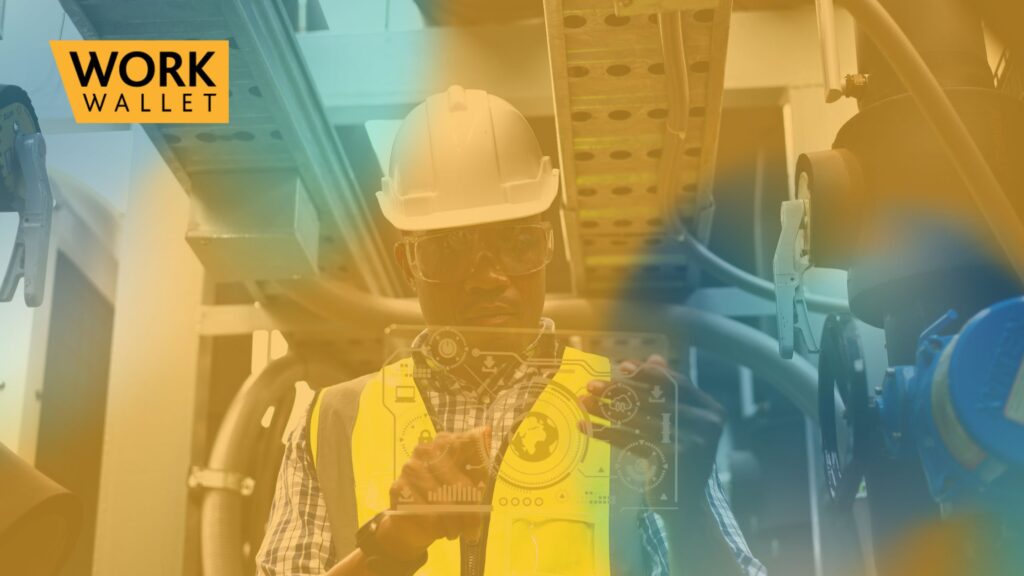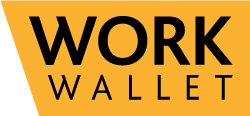What Should Your Permit to Work System Include?
08 February 2025

A Permit to Work (PTW) system is a structured safety process designed to control high-risk activities, ensuring work is conducted safely and complies with regulations. It plays a crucial role in construction, manufacturing, and logistics industries, where hazardous tasks like hot works, electrical maintenance, and confined space entry require strict oversight. Here are the components of permit to work software that you need to be identifying.
By implementing a digital Permit to Work system like Work Wallet, businesses can enhance safety, improve efficiency, and ensure that all necessary checks and approvals are in place before, during, and after high-risk tasks.
Key Components of a Permit to Work System
A robust PTW system should include the following essential elements:
- Permit Reference Number – Ensures easy tracking and retrieval for audits.
- Date and Time of Issue – Permits should be issued in real-time, ensuring assessments reflect current risks.
- Duration of the Permit – The timeframe must be appropriate for the task while allowing for necessary safety measures.
- Precise Work Location – Identifying the work area helps manage site-specific hazards.
- Detailed Work Description – A comprehensive task breakdown helps workers and supervisors understand associated risks.
- Hazard Identification and Risk Assessment – Outlines potential dangers and necessary control measures to mitigate them.
- Authorisations and Approvals – Ensures that only qualified personnel issue and approve permits, reducing the likelihood of errors.
A well-implemented PTW system, particularly a digital one, provides real-time monitoring and alerts to better oversee high-risk tasks.
Components of Permit to Work Software
Different tasks require specific types of permits to address unique hazards. Some of the most common PTW variations include:
1. Hot Work Permit
Required for tasks involving heat, sparks, or flames, such as welding, cutting, or soldering. Fire prevention measures must be in place, including fire-resistant blankets, fire watches, and emergency extinguishers.
2. Electrical Work Permit
Essential for activities involving live electrical circuits, maintenance, or installations. This permit ensures proper lockout/tagout (LOTO) procedures are followed to prevent electric shocks, arc flashes, or short circuits.
3. Confined Space Entry Permit
Required for work in enclosed spaces with restricted access, such as tanks, silos, or underground tunnels. Safety measures include atmospheric testing, ventilation, and standby personnel for emergency response.
4. Working at Height Permit
Necessary for any task performed at an elevated level, such as scaffolding work or rooftop maintenance. This permit ensures that fall protection measures like harnesses, guardrails, and safety nets are in place.
5. Excavation and Ground Disturbance Permit
Used for any work involving digging or trenching. It helps prevent underground utility damage and ensures proper shoring techniques are used to avoid collapses.
6. Chemical Handling Permit
This permit mandates protective gear, proper ventilation, and strict handling procedures for tasks involving hazardous substances to avoid exposure risks.
7. Isolation and Lockout/Tagout (LOTO) Permit
Ensures machinery is properly shut down and isolated before maintenance or repair work, preventing accidental startups that could cause injury.
8. Cold Work Permit
This covers activities that do not generate heat but still involve potential hazards, such as working with corrosive materials, heavy equipment, or the manual handling of large loads.
By integrating these permit types into a digital system like Work Wallet, businesses can streamline approvals, automate safety checks, and provide real-time permit tracking.
Overcoming Challenges in Permit to Work Systems
Traditional paper-based PTW systems often suffer from inefficiencies, incomplete documentation, and delays in approval. Digital solutions help overcome these issues by:
- Providing real-time approvals and monitoring – Reducing downtime and ensuring work is completed safely.
- Standardising safety checks – Ensuring compliance with regulatory requirements and company policies.
- Improving traceability and audits – Digital logs record every action taken on a permit, creating a transparent and accountable process.
- Enhancing communication – Workers, supervisors, and safety officers can access permits from any device, improving coordination.
Why a Strong Permit to Work System is Essential
High-risk work environments require a proactive approach to safety. A poorly managed PTW system can lead to serious accidents, legal consequences, and reputational damage. By leveraging a digital Permit to Work system like Work Wallet, businesses can enhance safety culture, ensure compliance, and drive operational efficiency.
With the right tools and processes, as well as all the components of permit to work software in place - your organisation can mitigate risks, protect workers, and maintain a safer workplace.
Share post
More Posts
Why a Digital Permit to Work System is Essential for Workplace Safety
Feb 2025
Clear safety protocols are vital in any business, especially for high-risk tasks. However, ensuring employees and contractors follow these protocols,...
Risk Assessments in Health and Safety: A Comprehensive Guide
Feb 2025
At Work Wallet, workplace safety is a priority for businesses of all sizes. Risk assessments in health and safety are...



